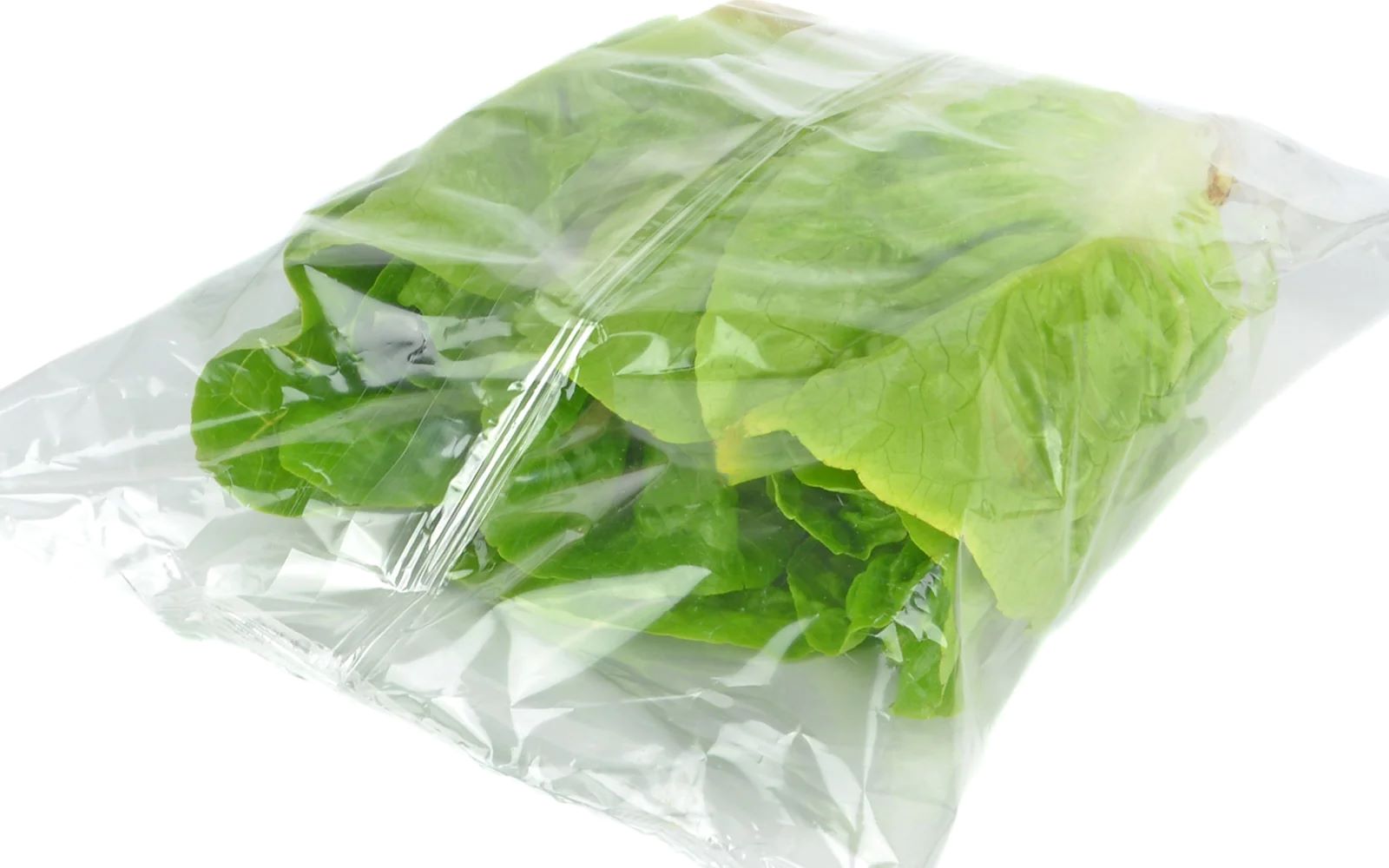

Articles
How To Store Lettuce To Keep It Fresh
Modified: February 23, 2024
Discover the best ways to store lettuce and keep it fresh for longer. Read our informative articles for tips and tricks on proper lettuce storage.
(Many of the links in this article redirect to a specific reviewed product. Your purchase of these products through affiliate links helps to generate commission for Storables.com, at no extra cost. Learn more)
Introduction
Welcome to this comprehensive guide on how to store lettuce to keep it fresh for longer. Lettuce is a versatile and nutritious leafy green that is widely used in salads, sandwiches, and wraps. However, if not stored properly, lettuce can quickly wilt, becoming limp and unappetizing. By following a few simple steps, you can extend the shelf life of your lettuce and ensure it remains crisp and flavorful.
Understanding the factors that affect the shelf life of lettuce is crucial. Lettuce is a perishable vegetable that is highly susceptible to moisture loss and decay. Exposure to air, light, and temperature changes can accelerate the deterioration process. To keep lettuce fresh, it is important to handle it carefully, from the moment you purchase it to the way you store it in your refrigerator.
In this guide, we will explore various techniques and tips for storing lettuce properly. We will cover everything from selecting fresh lettuce at the grocery store to washing, drying, and storing it in the most effective ways. Additionally, we will discuss the use of lettuce keepers, paper towels, plastic bags, and even freezing as methods for prolonging the freshness of your lettuce.
By implementing these strategies into your routine, you can minimize food waste, save money, and enjoy crisp, delicious lettuce for longer periods. So let’s dive in and discover the best practices for storing lettuce!
Key Takeaways:
- Keep lettuce fresh by storing it in a clean, dry container lined with paper towels in the refrigerator’s crisper drawer. Avoid air exposure and moisture to extend its shelf life and maintain its crispness and flavor.
- Utilize lettuce within its shelf life to enjoy optimal freshness, taste, and nutritional value. Properly wash, dry, and store lettuce to minimize food waste and savor its goodness in various dishes.
Read more: How To Store Fresh Lettuce
Understanding the Shelf Life of Lettuce
Before we dive into the various storage techniques, it’s important to understand the natural shelf life of lettuce. The shelf life can vary depending on the specific type of lettuce, so let’s explore the common varieties:
- Iceberg Lettuce: This type of lettuce has a relatively long shelf life, typically lasting up to two weeks when stored properly.
- Romaine Lettuce: Romaine lettuce is known for its robust flavor and crisp texture. It can stay fresh for about one to two weeks.
- Leaf Lettuce: Leaf lettuce is delicate and prone to wilting. It is best consumed within five to seven days.
- Butterhead Lettuce: Butterhead lettuce, such as Boston or Bibb lettuce, is tender and has a shorter shelf life of around three to five days.
Now that we are aware of the typical shelf life of these lettuce varieties, let’s discuss the factors that can affect their freshness:
- Moisture: Lettuce is composed mostly of water, so maintaining the right level of moisture is crucial. Too much moisture can lead to rot and decay, while too little moisture can cause wilting.
- Air Exposure: Exposure to air can lead to dehydration and accelerate the deterioration of lettuce. Properly storing lettuce in sealed containers or bags can help reduce air exposure.
- Light: Lettuce is sensitive to light and can become discolored when exposed to prolonged sunlight. Storing lettuce in a dark environment, such as a crisper drawer, can help maintain its vibrant color.
- Temperature: The ideal temperature for storing lettuce is between 32°F (0°C) and 40°F (4°C). Temperatures below freezing can cause lettuce to freeze and become damaged, while warmer temperatures can expedite spoilage.
By considering these factors and implementing the right storage techniques, you can extend the shelf life of your lettuce and enjoy it at its freshest. Next, let’s explore some tips for selecting the freshest lettuce when you’re at the grocery store.
Tips for Selecting Fresh Lettuce
Choosing the freshest lettuce available is the first step in ensuring its long shelf life. When you’re at the grocery store or farmer’s market, keep the following tips in mind:
- Look for vibrant color: Fresh lettuce should have vibrant and uniform color. Avoid lettuce with any signs of browning, yellowing, or discoloration.
- Inspect the leaves: Check the leaves for any wilting, sliminess, or insect damage. Opt for lettuce with crisp and firm leaves.
- Avoid limp or wilted leaves: Gently squeeze the lettuce head or leaves to ensure they are not limp or wilted. Sturdy and crisp leaves indicate freshness.
- Check the stem: Examine the stem of lettuce heads. It should be moist and freshly cut, showing no signs of dryness or browning.
- Choose a clean package: If you’re purchasing pre-packaged lettuce, ensure the package is clean and free from moisture. This helps prevent premature wilting or decay.
- Smell the lettuce: Give the lettuce a gentle sniff. It should have a fresh and mild aroma. An unpleasant or strong odor may indicate spoilage.
By following these selection tips, you can bring home the freshest lettuce available, which sets the foundation for long-lasting freshness. Once you have chosen your lettuce, it’s time to move on to the next step: properly washing it to remove any dirt or impurities.
Properly Washing Lettuce
Washing lettuce is an essential step in preparing it for storage. Here’s a step-by-step guide to properly wash your lettuce:
- Fill a clean sink or large bowl with cold water. Make sure there’s enough water to submerge the lettuce completely.
- Gently separate the leaves of the lettuce head, discarding any damaged or wilted leaves.
- Place the lettuce leaves in the water and swish them around. This helps loosen any dirt or debris.
- Let the lettuce soak in the water for a few minutes to allow the dirt to settle at the bottom.
- Lift the lettuce leaves out of the water and transfer them to a colander or salad spinner.
- Rinse the lettuce under running water, giving it a gentle shake to remove any remaining dirt.
- If using a salad spinner, spin the lettuce well to remove excess water. If using a colander, gently pat the lettuce dry with a clean kitchen towel or paper towels.
It’s important to note that fragile lettuce varieties, such as leaf lettuce, should be handled with extra care to avoid further damage. Once your lettuce is clean and dry, you’re ready to move on to the next step: proper drying to remove excess moisture.
Drying Lettuce Effectively
Drying lettuce properly is essential to prevent excess moisture, which can lead to wilting and spoilage. Here are a few effective methods for drying lettuce:
- Salad Spinner: If you have a salad spinner, place the clean lettuce leaves in the basket and spin it vigorously. This will help remove excess water and ensure the leaves are dry. If needed, spin the lettuce in batches to prevent overcrowding.
- Patting with Paper Towels: If you don’t have a salad spinner, gently place the lettuce leaves on a clean kitchen towel or paper towels. Pat them dry with another towel or gently press the paper towels on top to absorb excess moisture.
- Air Drying: Alternatively, you can allow the cleaned lettuce leaves to air dry on a clean kitchen towel or paper towels. Make sure to spread them out in a single layer to maximize air circulation. This method may take a bit longer, but it can be effective.
Regardless of the method you choose, it’s important to ensure that the lettuce leaves are completely dry before moving on to the storage stage. Excess moisture can cause the lettuce to become soggy, making it more susceptible to decay.
Now that your lettuce is clean and dry, it’s time to explore the different methods of storing lettuce to keep it fresh for as long as possible. Let’s dive into the various storage techniques and containers that can help prolong the freshness of your lettuce.
Read more: How To Store Fresh Picked Lettuce
Storing Lettuce in the Refrigerator
The refrigerator is the most common place to store lettuce to maintain its freshness. Here are some tips for storing lettuce in the refrigerator:
- Choose a clean and dry container: Select a clean and dry container that is large enough to hold your lettuce leaves without overcrowding. Avoid using containers that trap moisture, such as plastic bags.
- Line the container with paper towels: Place a layer of paper towels at the bottom of the container. This will help absorb any excess moisture and prevent the lettuce leaves from becoming damp.
- Arrange the lettuce leaves: Carefully arrange the clean and dry lettuce leaves in a single layer on top of the paper towels. Avoid packing them too tightly to allow for proper air circulation.
- Seal the container: Place a lid or plastic wrap over the container to create a sealed environment. This helps maintain the humidity level and prevents the lettuce from drying out.
- Store in the crisper drawer: If your refrigerator has a crisper drawer, it’s the ideal place to store lettuce. This drawer typically has adjustable humidity settings, allowing you to create the perfect environment for your lettuce.
- Keep away from ethylene-producing fruits and vegetables: Ethylene, a natural gas produced by some fruits and vegetables, can speed up the ripening process and cause lettuce to deteriorate quickly. Keep your lettuce away from ethylene producers like apples, bananas, and tomatoes.
Remember to check your lettuce regularly and remove any wilted or spoiled leaves to prevent them from affecting the rest. Following these storage guidelines will help prolong the shelf life of your lettuce and maintain its crispness and flavor.
In addition to storing lettuce in the refrigerator, there are specialized containers called lettuce keepers that are designed to maintain the freshness of lettuce. Let’s explore this storage option in more detail.
Store lettuce in a perforated plastic bag in the crisper drawer of the refrigerator. The perforations allow for air circulation, keeping the lettuce fresh for longer.
Using a Lettuce Keeper
A lettuce keeper is a specialized container designed to preserve the freshness of lettuce for an extended period. It provides the ideal storage conditions to help maintain the crispness and flavor of your lettuce. Here’s how to use a lettuce keeper:
- Choose a high-quality lettuce keeper: Look for a lettuce keeper that is sturdy, airtight, and large enough to accommodate your lettuce heads or leaves.
- Rinse and dry the lettuce: Before placing the lettuce in the keeper, make sure it is clean and thoroughly dried using the washing and drying techniques mentioned earlier.
- Separate the lettuce leaves: If you have a head of lettuce, gently separate the leaves to allow for proper air circulation and even cooling.
- Place the lettuce in the keeper: Depending on the size of the lettuce keeper, either place whole heads of lettuce or arrange the separated leaves in layers.
- Seal the lettuce keeper: Securely close the lid of the lettuce keeper to create an airtight seal. This helps maintain the humidity level and prevent moisture loss.
- Store in the refrigerator: Put the lettuce keeper in the refrigerator, preferably in the crisper drawer. Ensure that it is not overcrowded and has enough space for air circulation.
- Check and refresh as needed: Periodically check the lettuce inside the keeper. Remove any wilted or spoiled leaves and refresh the paper towels or moisture-absorbing pads inside, if applicable.
Using a lettuce keeper helps create a controlled environment that extends the shelf life of your lettuce. It can keep your lettuce fresh for up to two weeks, depending on the variety and initial freshness.
If you don’t have a lettuce keeper, don’t worry! There’s another simple and effective method you can use to store lettuce using items you likely already have in your kitchen. Let’s explore how to wrap lettuce in paper towels.
Wrapping Lettuce in Paper Towels
Wrapping lettuce in paper towels is a cost-effective and convenient method to keep it fresh. The paper towels help to absorb excess moisture and maintain the crispness of the lettuce. Here’s how you can do it:
- Prepare the lettuce: Thoroughly wash and dry the lettuce leaves using the washing and drying techniques mentioned earlier. Make sure the leaves are completely dry to prevent any excess moisture.
- Stack the lettuce leaves: Place the lettuce leaves in a stack on a clean, dry surface. Ensure that the leaves are stacked evenly and not overlapping too much.
- Place paper towels: Take a few sheets of paper towels and lay them flat on the surface. The number of paper towels needed will depend on the size of the lettuce stack.
- Wrap the lettuce: Gently fold the paper towels over the stack of lettuce leaves, covering them completely. Press lightly to secure the paper towels in place.
- Transfer to a storage bag or container: Carefully place the wrapped lettuce in a resealable plastic bag or an airtight container. Make sure the bag or container is clean and dry.
- Store in the refrigerator: Put the bag or container with the wrapped lettuce in the refrigerator. Aim to store it in the crisper drawer, but any section of the fridge will work.
- Check and refresh as needed: Periodically check the lettuce to remove any wilted or spoiled leaves. Refresh the paper towels if they become damp or waterlogged.
By wrapping lettuce in paper towels, you create a barrier that absorbs excess moisture and keeps the lettuce crisp. This method is especially effective for leafy greens that are prone to wilting, such as spinach or loose-leaf lettuce.
Now that we’ve covered various ways to store fresh lettuce, let’s explore how to store lettuce in a plastic bag as another storage option.
Storing Lettuce in a Plastic Bag
Storing lettuce in a plastic bag is a convenient and simple method to extend its freshness. The bag helps create a controlled environment, preventing moisture loss and keeping the lettuce crisp. Here’s how to store lettuce in a plastic bag:
- Prepare the lettuce: Wash and dry the lettuce leaves thoroughly using the washing and drying techniques mentioned earlier. Ensure the leaves are completely dry before proceeding.
- Place the lettuce in a plastic bag: Put the clean and dry lettuce leaves into a large, resealable plastic bag. Leave some room at the top for air circulation.
- Press out excess air: Squeeze out as much air as possible from the bag before sealing it. This helps create a snug environment for the lettuce.
- Seal the bag: Seal the plastic bag tightly to prevent air and moisture from entering or escaping. Make sure the seal is secure to maintain optimal freshness.
- Store in the refrigerator: Place the sealed plastic bag with the lettuce in the refrigerator. Ideally, store it in the crisper drawer, but any section of the fridge will suffice.
- Check and refresh as needed: Regularly inspect the lettuce for any signs of wilting or spoilage. If necessary, remove any damaged leaves and refresh the bag with a new one.
Storing lettuce in a plastic bag helps retain moisture and prevents excess drying. This method works well for crisphead lettuce like iceberg or romaine, but it can also be used for other lettuce varieties.
Remember to check your lettuce periodically and consume it within the recommended shelf life for optimal taste and quality. Now, let’s explore a method for long-term storage by freezing lettuce.
Read more: How To Store Fresh Romaine Lettuce
Freezing Lettuce for Long-Term Storage
Freezing lettuce is a great option if you have an excess amount and want to preserve it for an extended period. However, it’s important to note that freezing lettuce will change its texture, so it’s best to use frozen lettuce in cooked dishes rather than salads. Here’s how you can freeze lettuce:
- Prepare the lettuce: Wash and dry the lettuce leaves thoroughly using the washing and drying techniques mentioned earlier. Ensure the leaves are completely dry to prevent ice crystals from forming.
- Separate the leaves: Gently separate the lettuce leaves and remove any damaged or wilted ones.
- Blanch the lettuce: Blanching helps preserve the color, texture, and nutrient content of the lettuce. Bring a pot of water to a boil and add the lettuce leaves for a brief 30-second blanch.
- Cool the lettuce: After blanching, immediately transfer the lettuce leaves to a bowl of ice water to stop the cooking process. Allow the lettuce to cool for a few minutes.
- Drain and dry: Remove the lettuce leaves from the ice water and drain them thoroughly. Pat them dry using a clean kitchen towel or paper towels.
- Package for freezing: Place the blanched and dried lettuce leaves into airtight freezer-safe containers or resealable freezer bags. Remove as much air as possible before sealing.
- Label and freeze: Label the containers or bags with the date and contents. Place them in the freezer and ensure they are laid flat to save space.
Frozen lettuce can be stored for up to 3 months. When you’re ready to use it, thaw the frozen lettuce in the refrigerator and incorporate it into cooked dishes like soups, stews, or stir-fries.
While freezing lettuce may alter its texture, it’s an excellent way to prevent waste and have preserved lettuce on hand for future recipes. Now that you know how to freeze lettuce, let’s discuss the importance of using lettuce within its shelf life to enjoy it at its best.
Using Lettuce within its Shelf Life
To fully enjoy the freshness and flavor of lettuce, it’s essential to use it within its shelf life. Lettuce is at its peak quality when consumed within a certain timeframe. Here are some reasons why using lettuce within its shelf life is important:
- Freshness: Lettuce is known for its crisp texture and vibrant flavor when it’s fresh. As time passes, the quality of lettuce deteriorates, and it becomes less appealing to eat.
- Nutritional value: Like most fresh produce, lettuce is packed with essential nutrients. However, as time goes by, the nutritional content of lettuce can start to diminish. Consuming lettuce within its shelf life ensures that you’re getting the maximum nutritional benefits.
- Taste: The taste of lettuce can change as it ages. Older lettuce may develop a bitter or off-flavor, making it less enjoyable to eat. By using lettuce within its shelf life, you can savor its natural sweet and refreshing taste.
- Texture: Lettuce is prized for its crisp and crunchy texture. However, as lettuce ages, it can become limp and wilted, losing its desirable texture. By using it within its shelf life, you can enjoy lettuce at its crisp and satisfying state.
- Food waste reduction: Using lettuce within its shelf life helps reduce food waste. By consuming it before it spoils, you’re making the most of the resources you have and minimizing the amount of food that ends up in the trash.
To make sure you’re using lettuce within its shelf life, label your lettuce containers or bags with the date of purchase or storage. This will help you keep track of how long it has been stored and when it’s time to use it.
Incorporate lettuce into various dishes like salads, sandwiches, wraps, or as a side vegetable to make the most of its freshness and taste. Experiment with different recipes to explore the versatility of lettuce in your meals.
By understanding the importance of using lettuce within its shelf life, you can savor its optimal flavor, texture, and nutritional value. Now, let’s summarize what we’ve learned.
Conclusion
Properly storing lettuce is crucial to maintain its freshness, crispness, and flavor. By following the tips and techniques outlined in this guide, you can extend the shelf life of your lettuce and enjoy its goodness for longer periods. Here’s a quick recap of what we’ve covered:
First, we explored the factors that affect the shelf life of lettuce, such as moisture, air exposure, light, and temperature. Understanding these factors is essential to implement the right storage methods.
We then discussed tips for selecting fresh lettuce, including checking for vibrant color, inspecting the leaves, and avoiding limp or wilted leaves.
Properly washing lettuce is an important step in preparing it for storage. We outlined a step-by-step guide on how to wash lettuce effectively, ensuring it’s clean and ready for storage.
Drying lettuce properly helps prevent excess moisture, and we discussed different methods like using a salad spinner, patting with paper towels, or air drying.
Storing lettuce in the refrigerator is the most common method, and we provided tips on using clean containers, lining them with paper towels, and storing lettuce in the crisper drawer.
We also discussed the use of a lettuce keeper, a specialized container designed to maintain the freshness of lettuce, and how to wrap lettuce in paper towels as an alternative storage method.
For long-term storage, we explored how to freeze lettuce, preserving it for future use in cooked dishes.
Lastly, we highlighted the importance of using lettuce within its shelf life to enjoy its freshness, flavor, and nutritional benefits, while also reducing food waste.
By implementing these storage techniques and utilizing lettuce within its shelf life, you can maintain the quality of your lettuce, reduce food waste, and enjoy delicious, crisp, and refreshing lettuce in your meals.
So, the next time you bring home a bunch of lettuce, remember these tips and tricks to keep it fresh for longer. Bon appétit!
Frequently Asked Questions about How To Store Lettuce To Keep It Fresh
Was this page helpful?
At Storables.com, we guarantee accurate and reliable information. Our content, validated by Expert Board Contributors, is crafted following stringent Editorial Policies. We're committed to providing you with well-researched, expert-backed insights for all your informational needs.

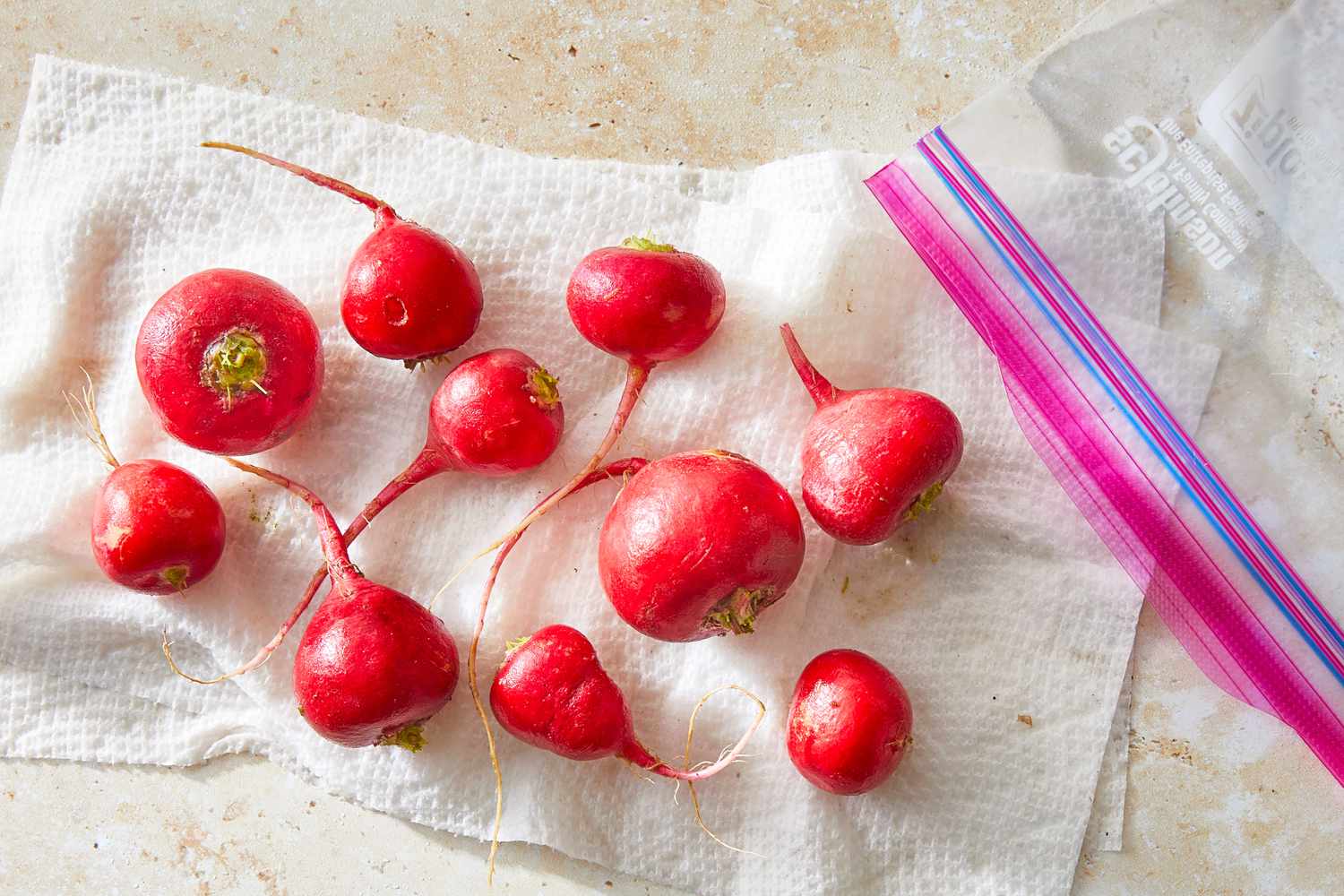
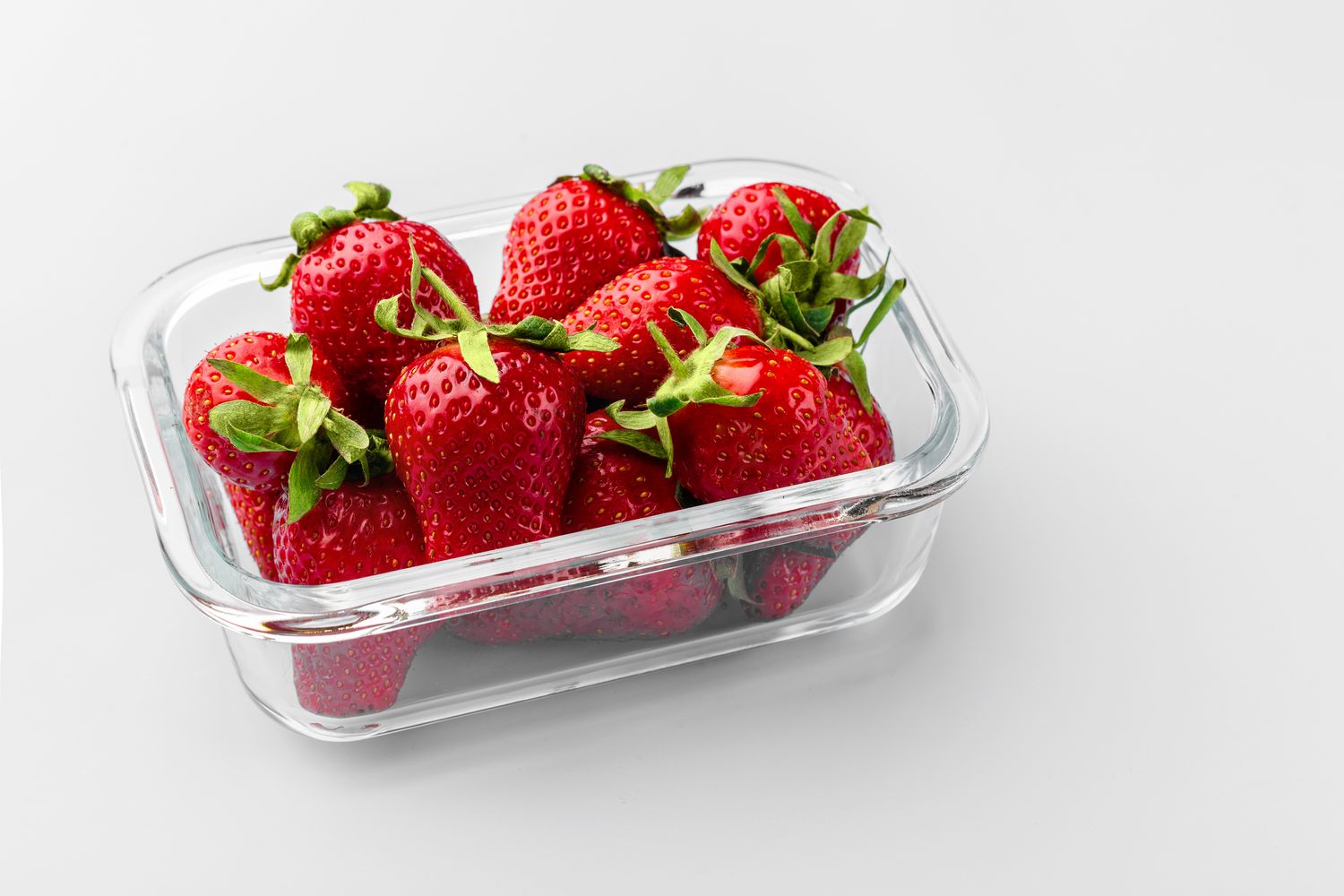

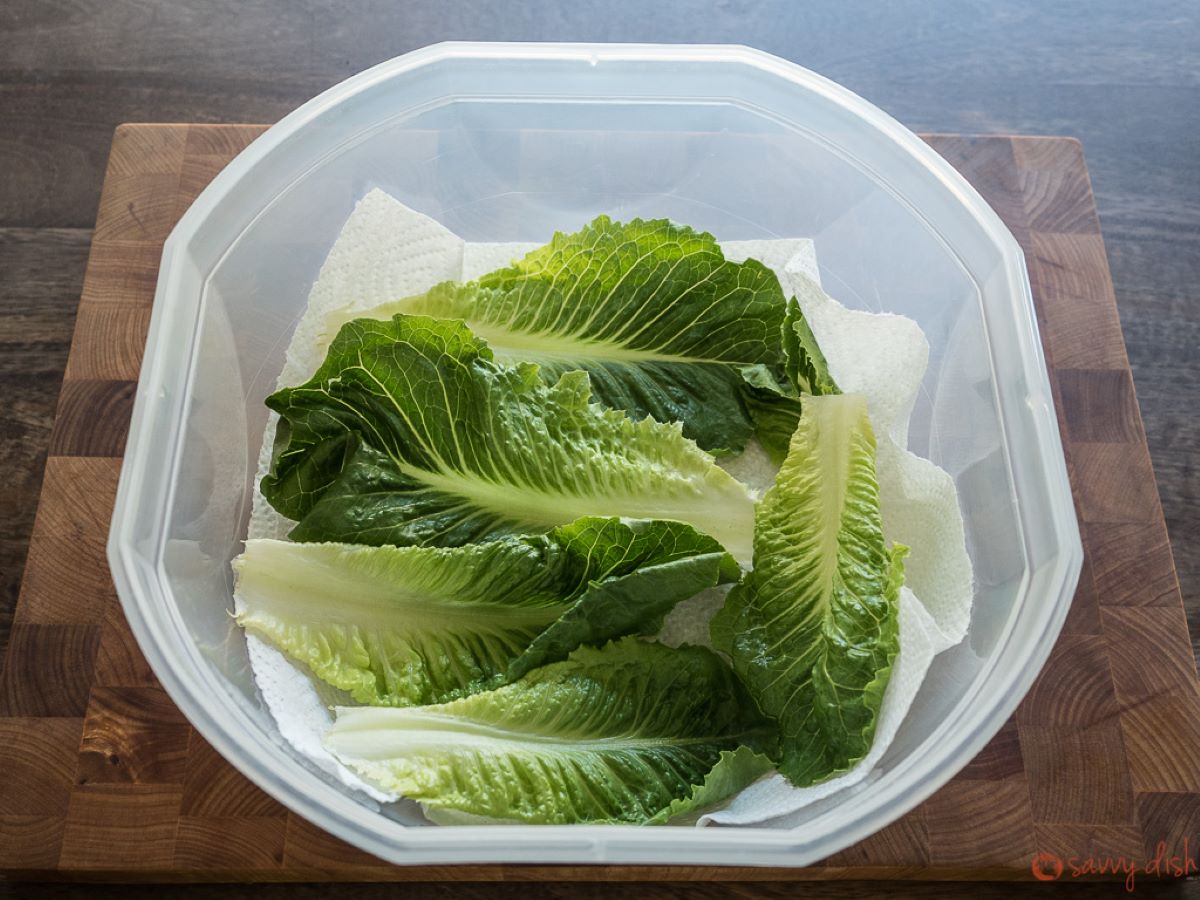
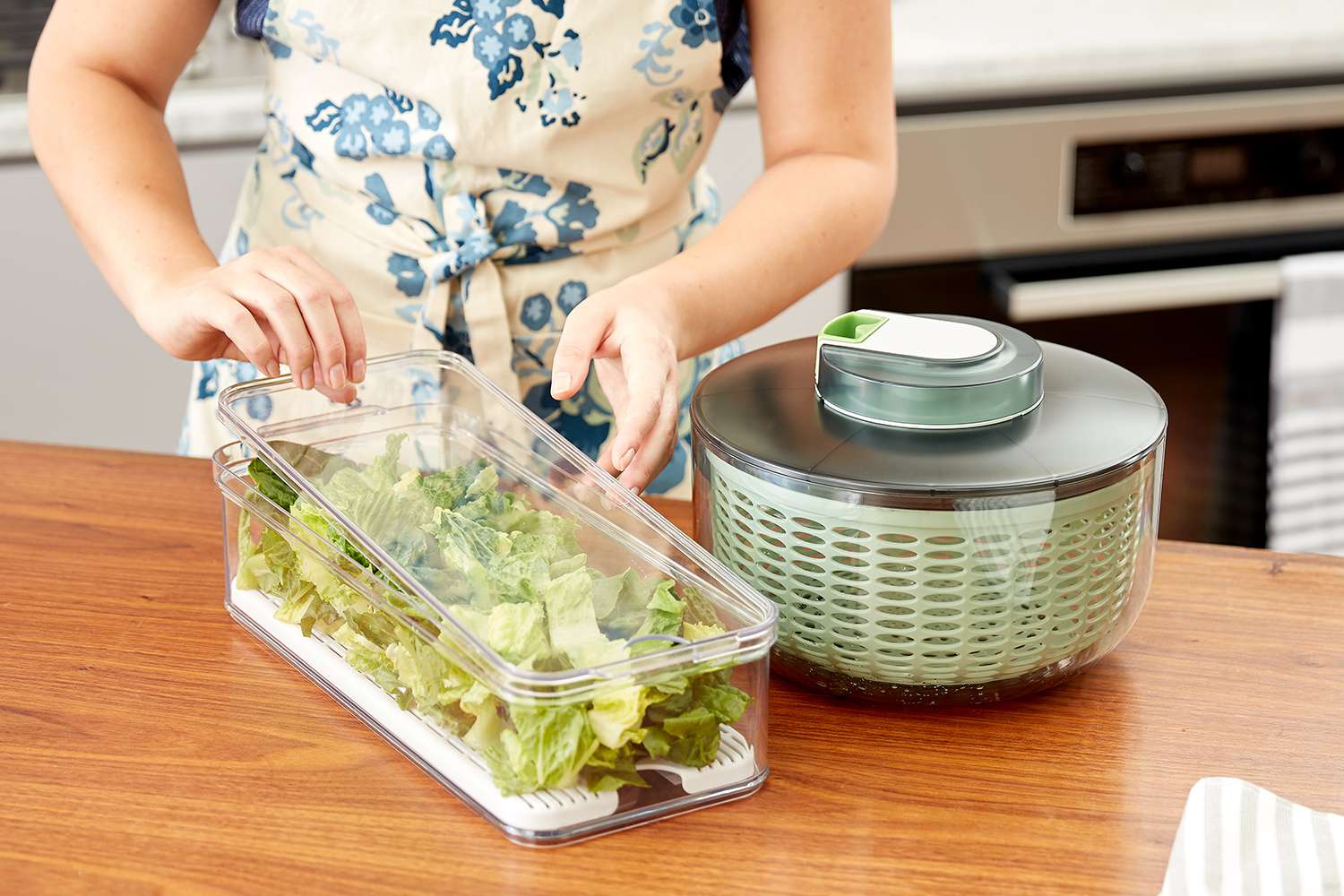
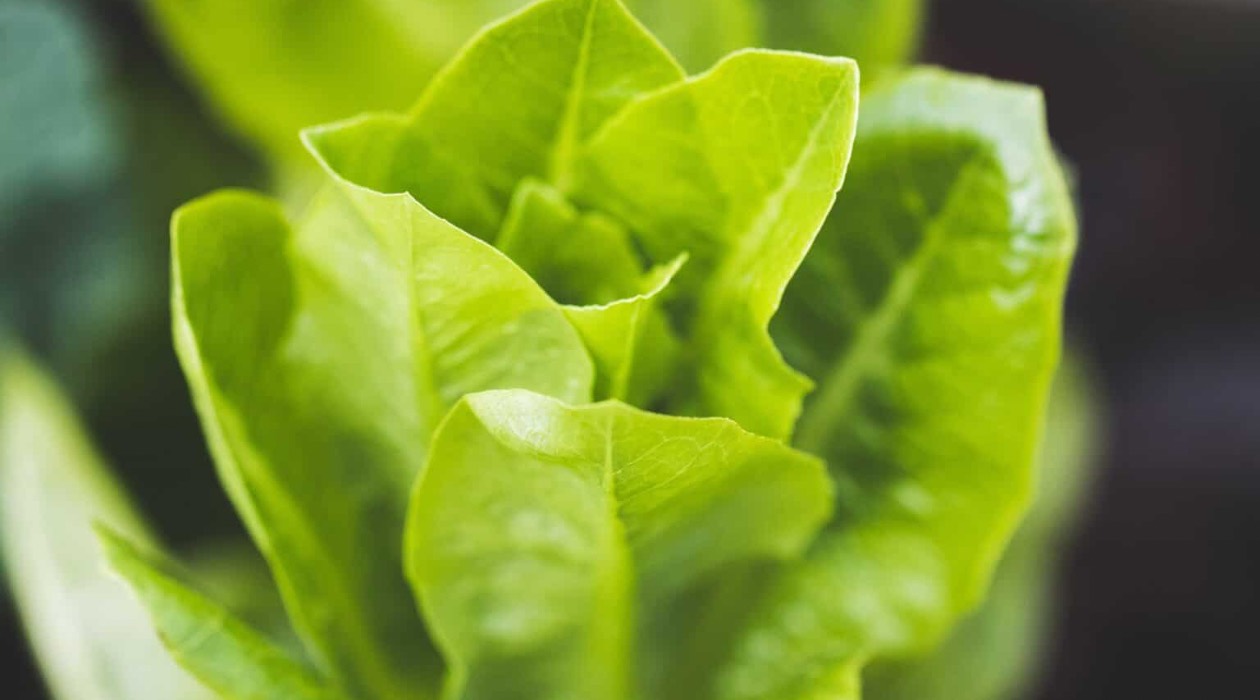
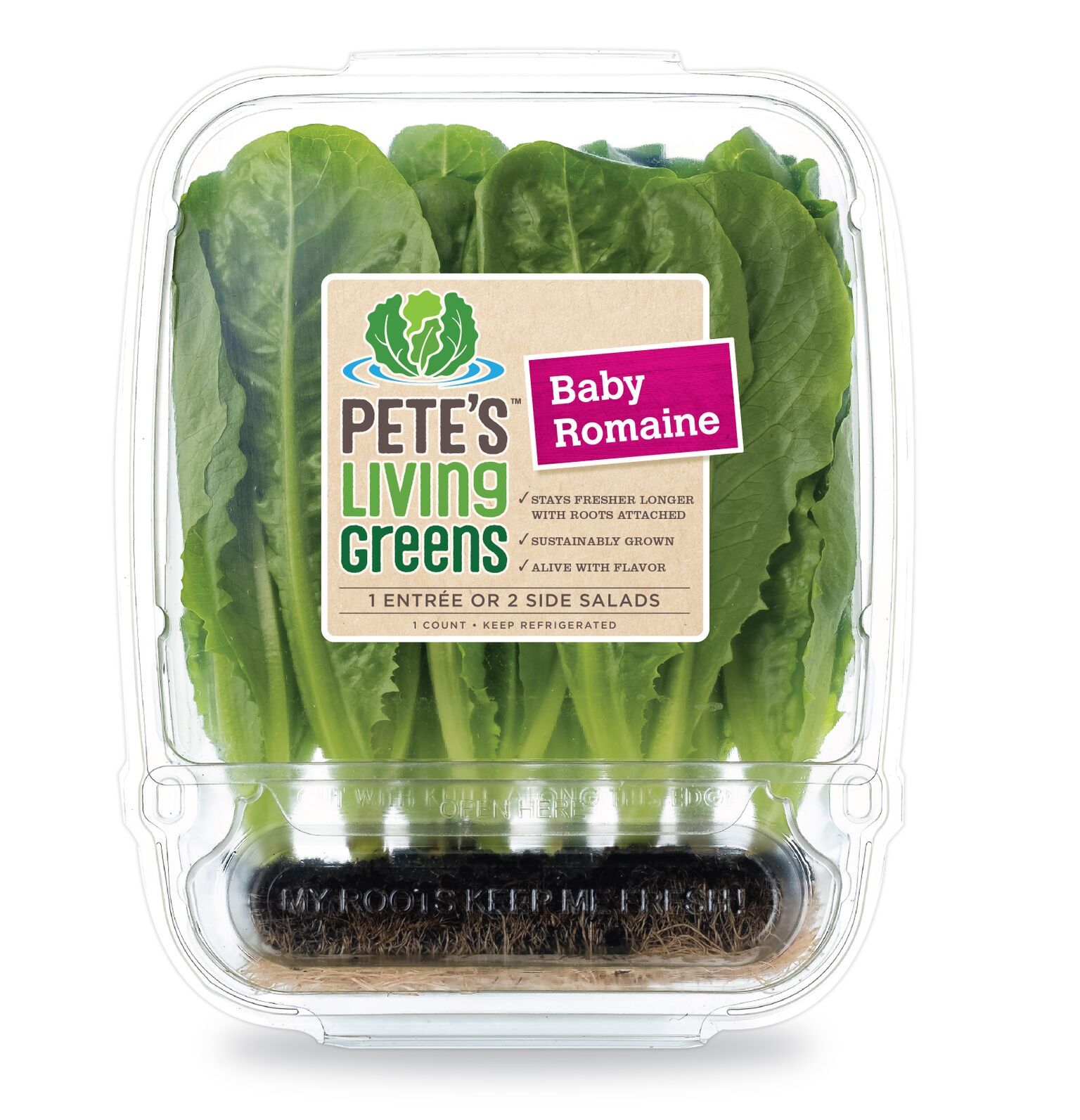
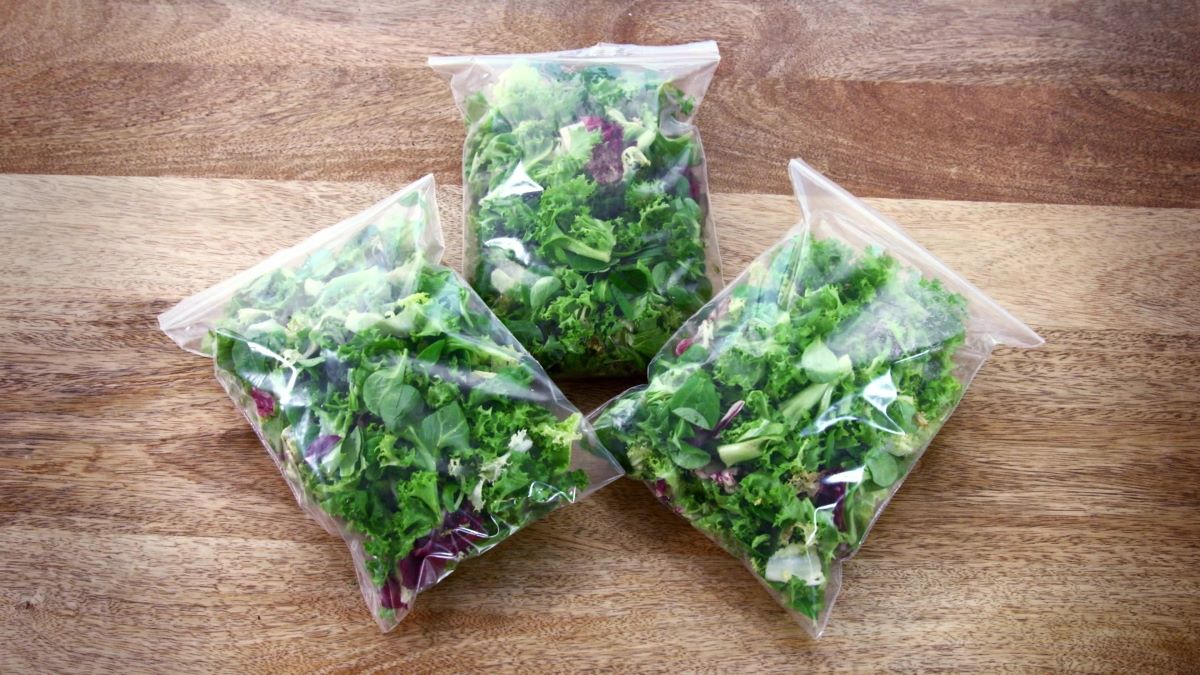
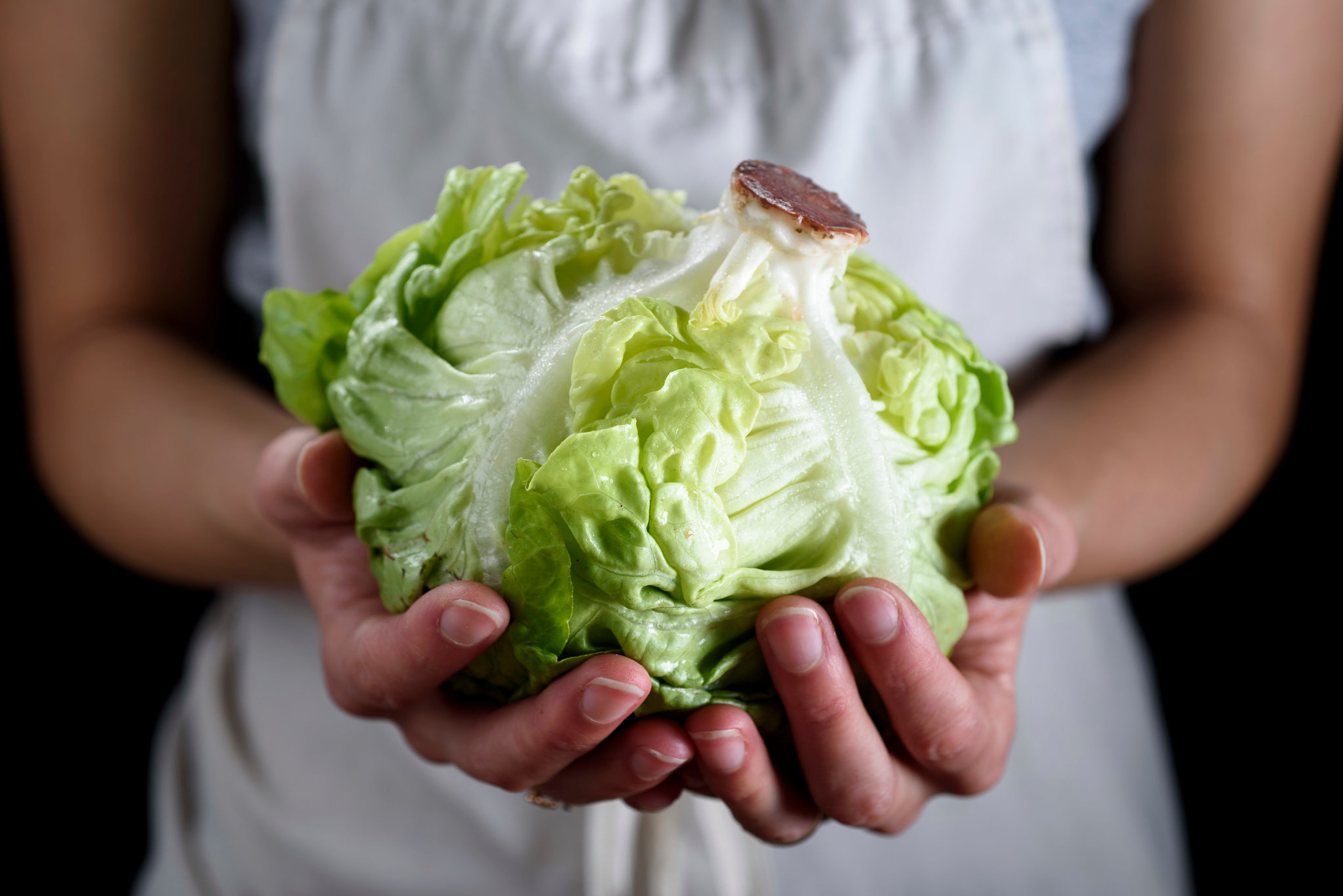
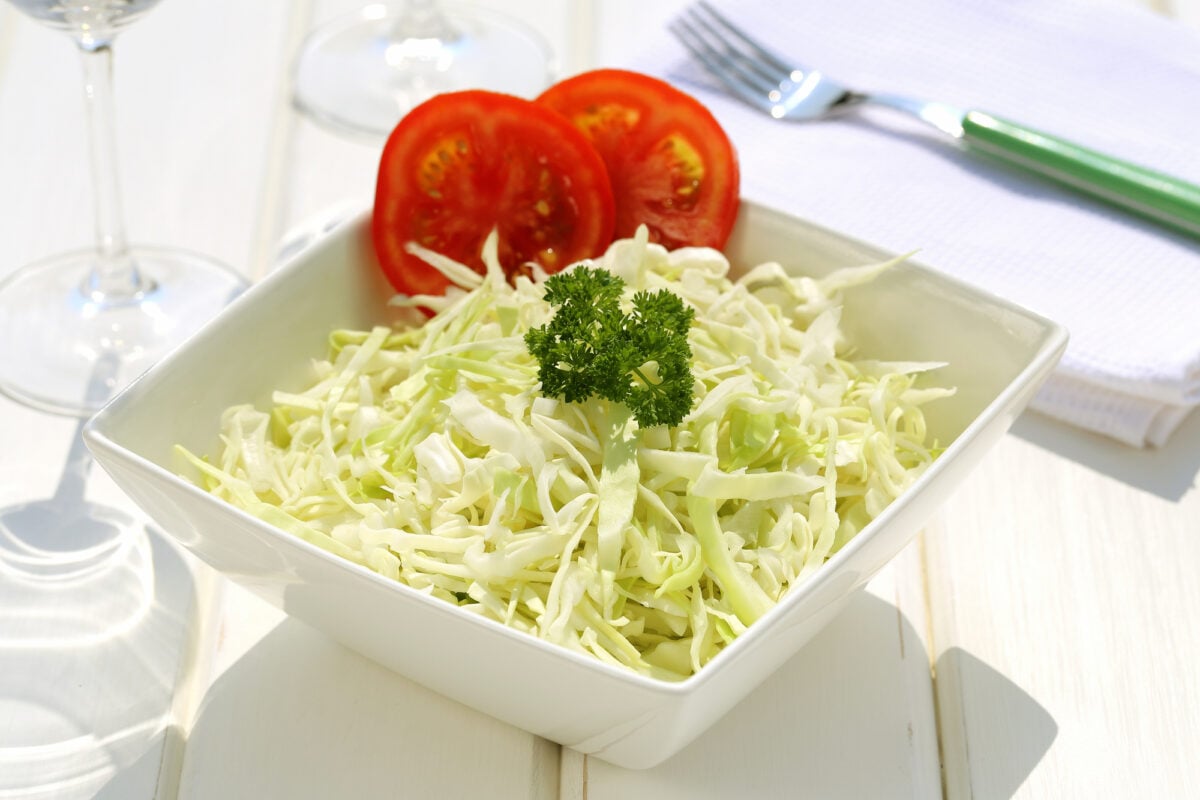
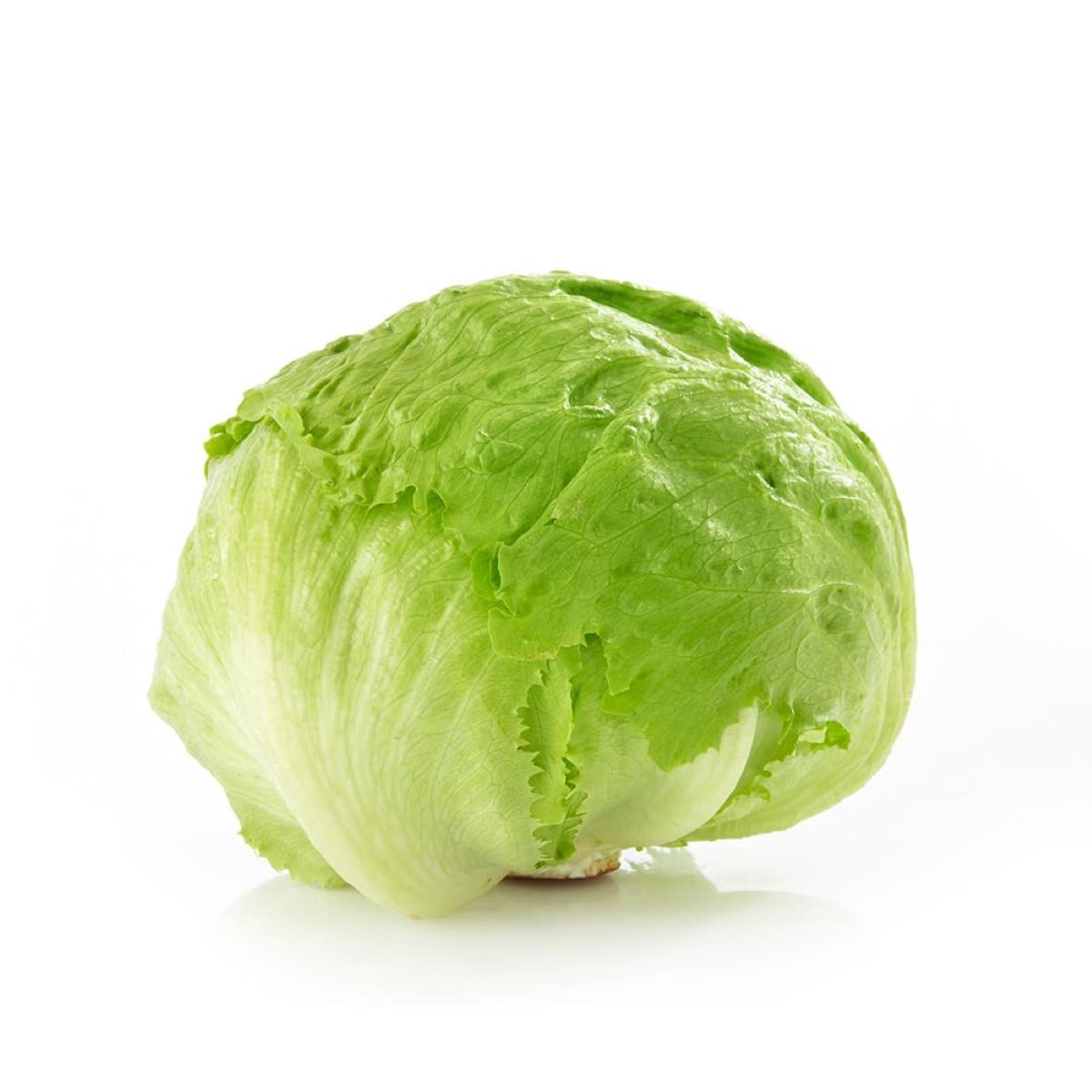
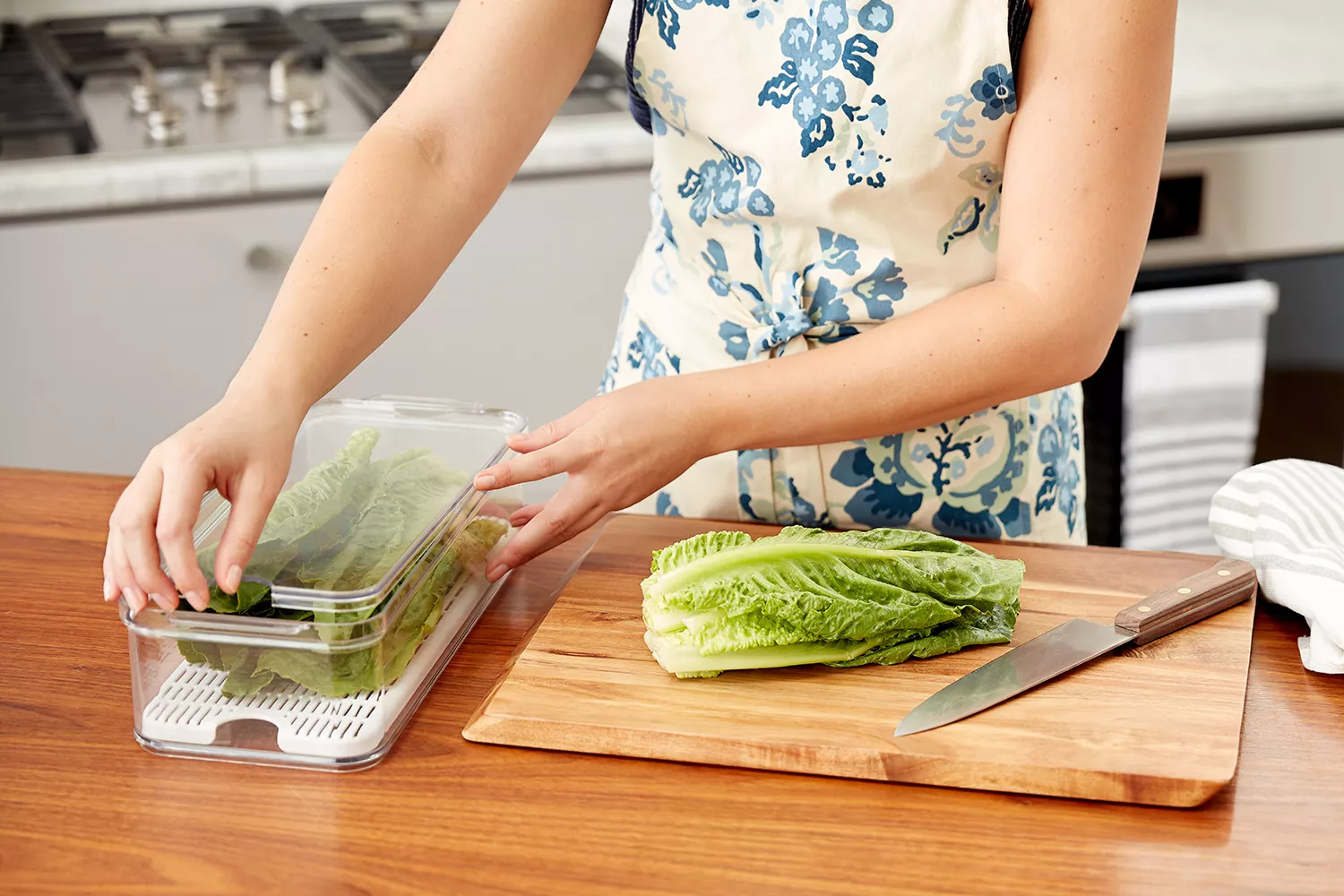

0 thoughts on “How To Store Lettuce To Keep It Fresh”